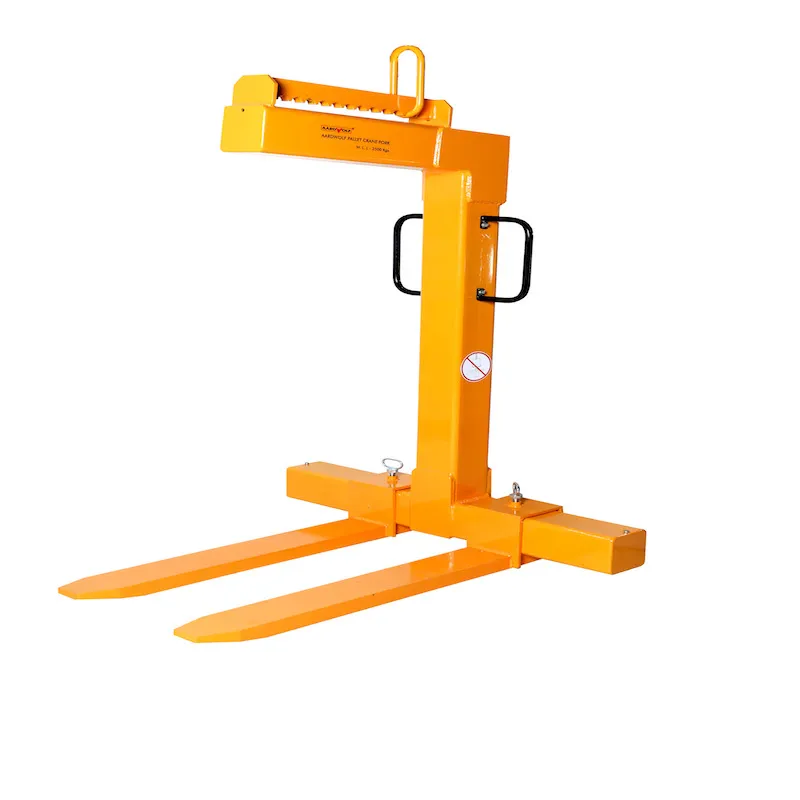Types, Benefits & Best Practices for Safe and Efficient Operations
Material handling is essential to every modern warehouse, construction site, or manufacturing facility. As demand grows for greater speed, safety, and cost savings, mechanical material handling equipment has become a cornerstone of efficient operations. But what is mechanical material handling, and what are the key equipment types that drive productivity?
This expert guide explains the fundamentals of mechanical material handling, explores the main categories of equipment, and shares best practices for optimizing your workflow—while keeping safety and trustworthiness at the heart of your operation.

Table of Contents
ToggleWhat Is Mechanical Material Handling?
Mechanical material handling refers to the movement, storage, control, and protection of goods using powered or mechanically assisted devices. Unlike manual handling (where workers use only their physical effort), mechanical systems use equipment such as cranes, conveyors, forklifts, and lifters to handle heavier loads, move goods faster, and improve workplace safety.
For a foundational overview, see What Is Material Handling?
Why Mechanical Material Handling Matters
Mechanical equipment has transformed how materials are moved, stored, and distributed. Key benefits include:
- Reduced labor cost in construction and warehousing: Fewer people can move more materials in less time.
- Improved safety on construction site: Minimized risk of lifting injuries and workplace accidents.
- Increased construction productivity: Faster workflows and reduced bottlenecks.
- Minimized material waste: Less damage to goods during movement and storage.
- Better material storage solution: Efficient equipment maximizes warehouse or job site space.
Main Types of Mechanical Material Handling Equipment
1. Lifting Equipment for Construction and Industry
Mechanical lifters are engineered to raise and position heavy loads safely and efficiently.
- Hoists and Cranes:
- Jib Cranes, gantry cranes, and overhead cranes are ideal for lifting and transporting large or awkward items on construction sites and in factories.
- Electric or manual hoists lift heavy objects vertically with minimal physical strain.
- Vacuum Lifters:
- Vacuum Lifters use suction power to safely handle large, smooth materials such as glass, metal sheets, or stone, minimizing manual effort and product damage.
- Aardwolf Slab Lifters:
- Aardwolf Slab Lifters are specialized for handling heavy slabs of stone or glass, increasing safety and productivity on job sites.
2. Transport Equipment
Mechanical transport devices streamline the movement of materials throughout your facility.
- Forklifts for Construction:
Powerful, motorized vehicles for moving pallets, containers, and heavy loads over short to medium distances.
See Which of the Following Is a Motorized Material Handling Device. - Conveyors in Construction and Warehousing:
Automated conveyor belts, roller conveyors, and screw conveyors move goods along a set path—minimizing manual labor and optimizing workflow. - Carts, Pallets, Wheelbarrows, and Dollies:
While some are manual, many feature mechanical enhancements for easier movement of materials, even in tight spaces.
3. Storage and Retrieval Equipment
These systems keep materials organized, protected, and easy to access.
- Automated Storage and Retrieval Systems (AS/RS):
Use robotics and software for high-density storage and fast, accurate picking. - Pallet Racks and Shelving:
Mechanically adjustable racks maximize storage space and make heavy goods accessible to forklifts and lifters.
Discover more at Material handling Equipment.
4. Bulk Material Handling Equipment
For moving loose, granular, or bulk materials efficiently and safely.
- Hoppers, Silos, and Chutes:
Mechanized solutions that store and dispense bulk goods in controlled flows. - Screw and Belt Conveyors:
Designed for high-volume movement of materials like sand, gravel, or powders across job sites or production floors.
Mechanical vs. Manual and Automated Material Handling
- Manual: Carts and hand trucks—cost-effective but labor-intensive and less suitable for heavy or repetitive work.
- Mechanical: Powered lifters, cranes, and conveyors—higher throughput, improved safety, and reduced labor requirements.
- Automated: Robotics, AGVs, and automated warehouse systems—maximum efficiency, minimal labor, and precise control.
For a detailed breakdown, visit What Is Material Handling Equipment?.
Best Practices for Mechanical Material Handling
- Conduct regular training: Ensure staff are trained to use all equipment safely and efficiently.
- Maintain and inspect equipment: Routine checks prevent breakdowns and workplace accidents.
- Plan your layout: Smart placement of equipment reduces travel distances and material handling steps.
- Integrate technology: Use WMS or automation for optimal inventory tracking and workflow management.
Find out how to optimize your investment at Material-handling Equipment.
Real-World Example
A leading construction company switched from manual slab handling to Aardwolf Slab Lifters and Vacuum Lifters, reducing labor costs by 30%, cutting accidents in half, and doubling daily installation speed. Warehouses utilizing conveyors and AS/RS systems have reported similar gains in throughput and efficiency.
Conclusion
Mechanical material handling is the smart, safe, and scalable way to move, store, and protect goods in any modern operation. By choosing the right mix of cranes, lifters, conveyors, and storage systems, companies can reduce labor, boost safety, and maximize productivity—while minimizing waste and costs.
Further reading:

















Please log in to leave a comment.